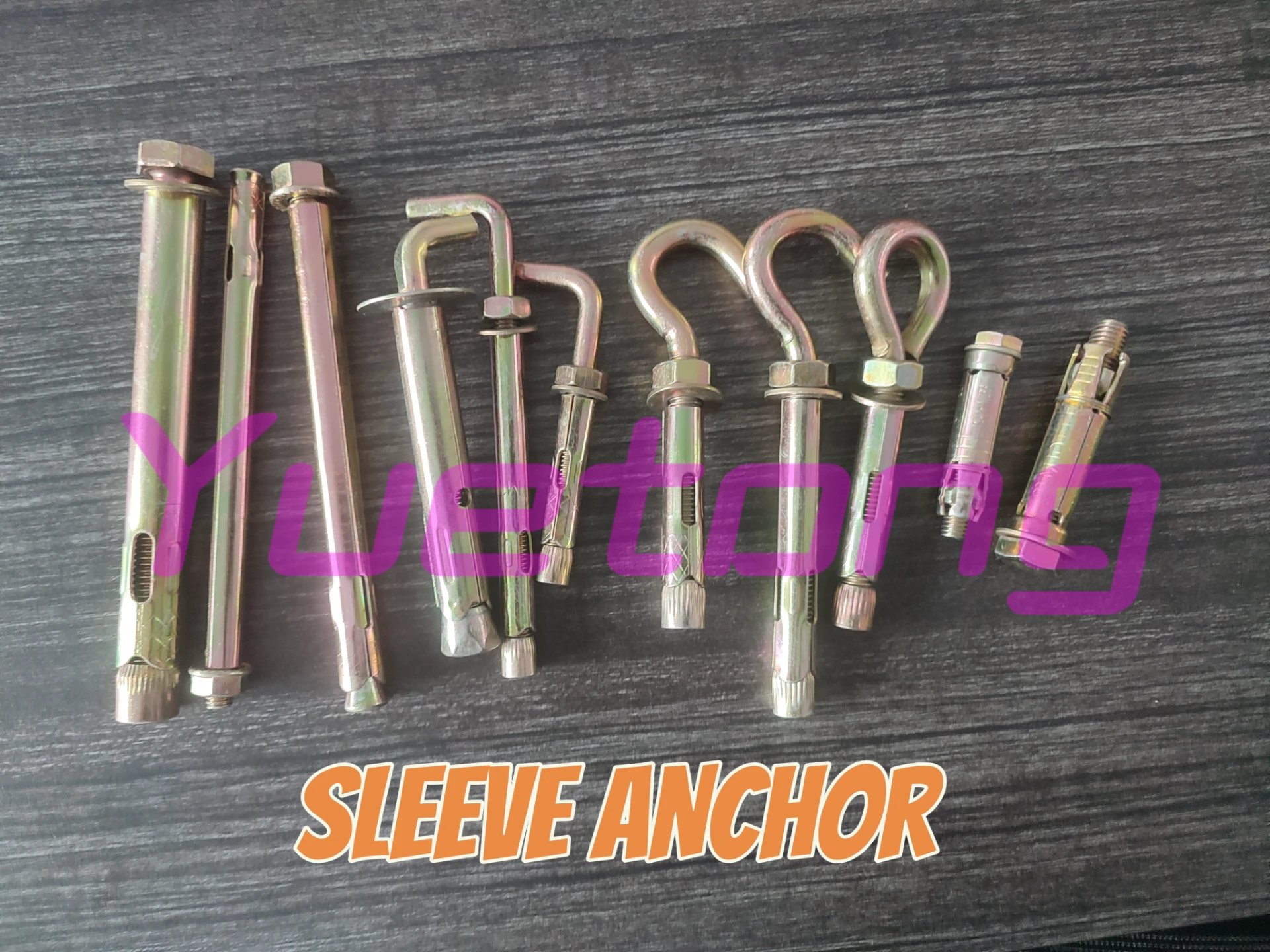Nov . 10, 2024 19:07 Back to list
Selecting the Right Screw Size for Your Project Needs
Choosing Screw Size A Comprehensive Guide
When it comes to construction, woodworking, or any DIY project, selecting the right screw size is crucial. The right screw not only ensures the structural integrity of your project but also makes the assembly process smoother and more efficient. In this article, we will explore the factors to consider when choosing screw size, types of screws, and best practices for installation.
Understanding Screw Size
Screw size is typically defined by two primary measurements diameter and length. The diameter is measured in inches or millimeters and reflects the thickness of the screw shaft. Common screw diameters range from 0 (small) to 14 (large), where each number corresponds to a specific gauge. The length of the screw is measured from the bottom of the head to the tip, influencing its penetration depth into the materials being joined.
Factors to Consider
1. Material Thickness The thickness of the materials you plan to join is the first consideration when choosing screw size. A screw should ideally penetrate at least half to two-thirds of the thickness of the bottom piece to provide adequate holding power. For example, if you are fastening two 3/4-inch boards, a screw length of 1.5 inches would be typically appropriate.
2. Load Requirements Consider the weight and stress that will be applied to the joint. For heavier loads, larger screws with greater holding power may be necessary. If you’re working on a load-bearing application, opt for thicker screws along with appropriate washers, if needed, to distribute the load.
3. Type of Joint The type of joint and the hardware involved can also influence screw size. For instance, pocket hole joints may require shorter screws, while traditional butt joints might accommodate longer screws.
4. Material Type Different materials require different screws. Wood screws, for instance, are designed with a sharp point and coarse threads for better grip in wood, while metal screws have finer threads for fastening metal components. Also, consider the use of special coatings or materials for screws when working with treated wood or in outdoor applications to prevent rust and corrosion.
choosing screw size

5. Pilot Holes When dealing with hardwood or when using larger screws, drilling pilot holes is often recommended. This prevents the wood from splitting and helps the screw drive in smoothly. The diameter of the pilot hole should be slightly smaller than the screw's core diameter to ensure a snug fit.
Types of Screws
There are numerous types of screws available, each designed for specific applications. Common types include
- Wood Screws Designed for use with wood, featuring a sharp point and coarse threading for better grip. - Machine Screws Used in metal applications, often requiring nuts or tapped holes. - Self-tapping Screws These screws create their own threads as they are driven into the material, which saves time and requires no pre-drilling in many cases. - Sheet Metal Screws With a sharper point and finer threads designed for metal, they provide a secure fasten between sheets of metal.
Best Practices for Installation
- Choose Quality Screws Investing in high-quality screws made from durable materials can save you from problems down the line, such as breaking or stripping. - Use the Right Tools A drill or a screwdriver with adjustable torque settings can make a significant difference in ease of use and prevent overdriving the screws.
- Follow Manufacturer Guidelines When available, follow any recommendations from the manufacturer regarding screw length and size for specific applications.
In conclusion, selecting the appropriate screw size is fundamental for successful project outcomes, whether in construction or DIY tasks. By understanding the various factors influencing screw choice—from material thickness to load requirements—you can ensure the durability and effectiveness of your assemblies. Remember to balance quality with application needs and always adhere to best practices for installation. This thoughtful approach will lead to stronger and more reliable results in your work.


